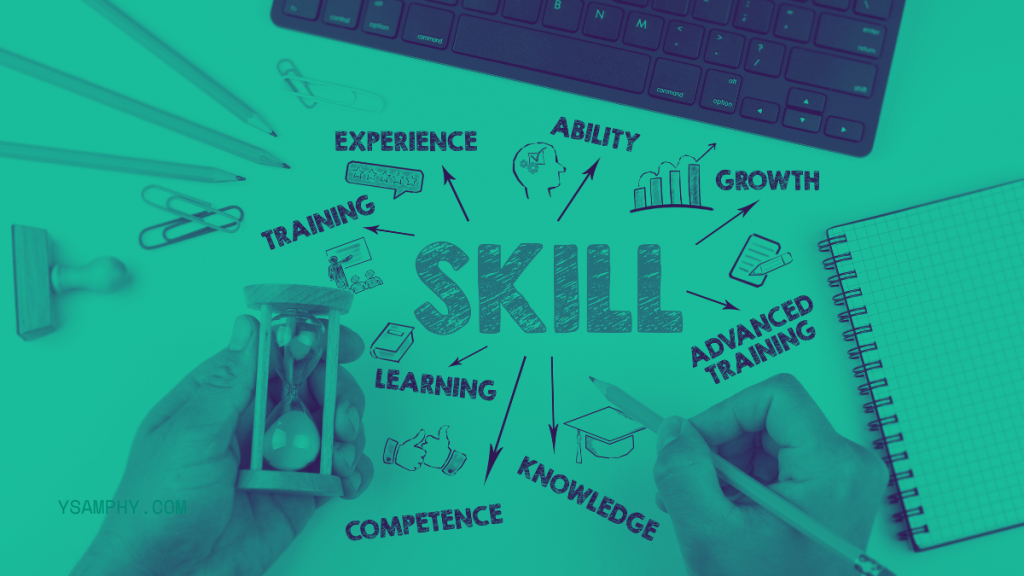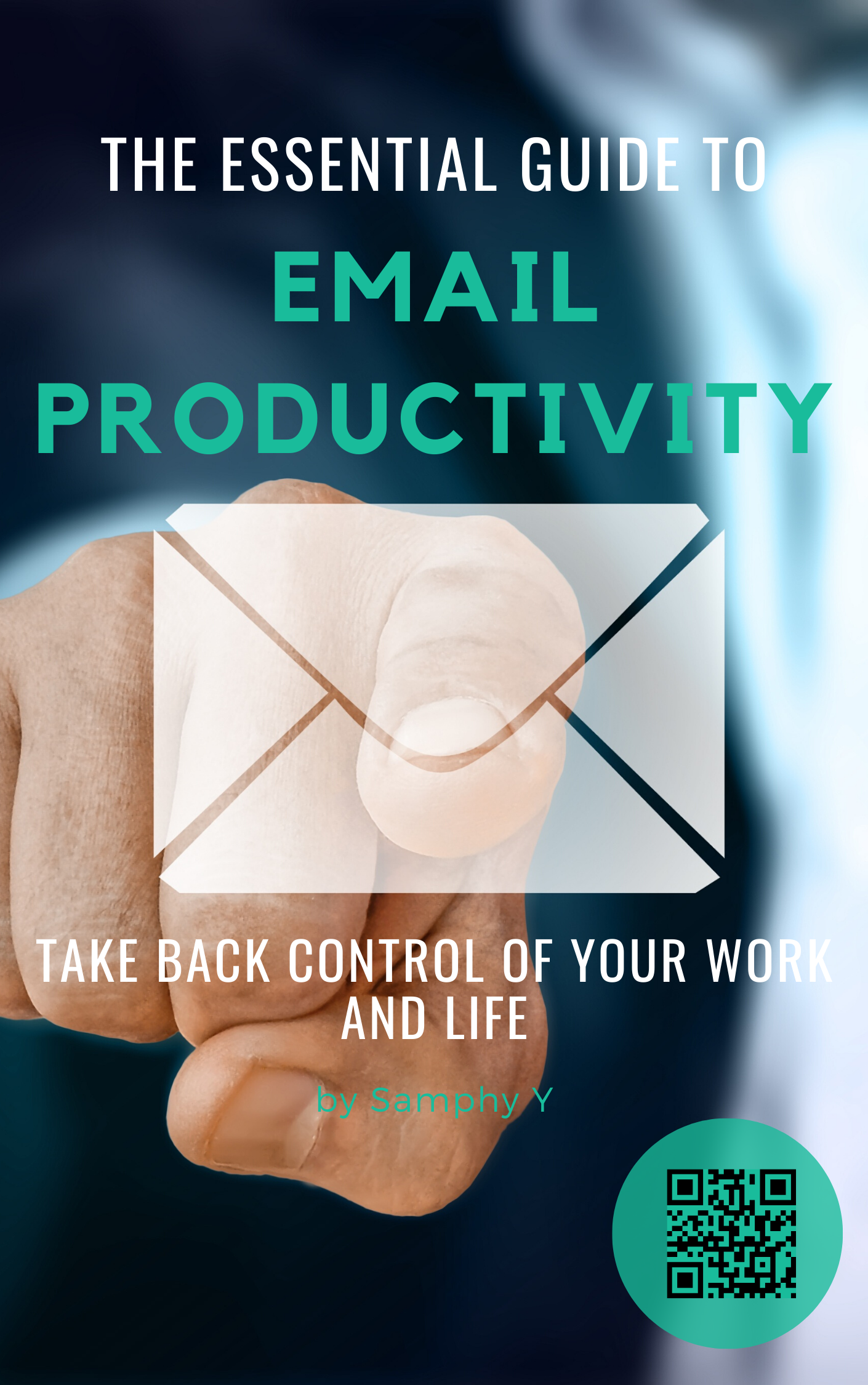Transitioning to a new career can be an exciting experience if you approach it with the right mindset and preparation. Whether you’re leaving a job that no longer fulfills you, seeking better opportunities, or attempting to pursue a long-held passion, the journey ahead is filled with possibilities.
Read on to explore essential steps and practical tips to help you navigate the complexities of changing careers, empowering you to embrace the unknown with confidence. Join us as we break down the process into manageable stages, ensuring that your transition is not only successful but also a fulfilling adventure towards your professional aspirations.

Explore Your Options
When considering a career change, explore all available options that can facilitate your transition. Researching different industries, job roles, and company cultures allows you to identify what truly aligns with your skills and interests. Networking plays a vital role in this phase: you can attend industry events or connect with professionals on platforms such as LinkedIn can give you insights and open doors to new opportunities. Even consider seeking career transition assistance to provide tailored guidance, ensuring you stay focused and motivated throughout the process. Don’t hesitate to leverage online resources, workshops, and mentorship programs that can equip you with the tools needed for a successful shift in your career path.

Self-Assessment
In short, self-assessment is a step that involves taking stock of your skills, values, and interests to gain a better understanding of what you truly want to achieve in your professional life. Conduct a SWOT analysis (identifying your strengths, weaknesses, opportunities, and threats) to evaluate how well-suited you are for your desired role or industry.
Know that self-assessment is a continuous process that helps you build your professional brand and work towards improving your skills. Consider taking career assessments, attending workshops or conferences, and seeking feedback from mentors or colleagues to gain deeper insights into your strengths and areas for growth.

Research Potential Careers
Once you have a clear understanding of your skills and interests, it’s time to research potential careers that align with them. Look into job descriptions, salary ranges, and required qualifications for your desired roles to assess if they are a good fit for you.
You can conduct informational interviews with professionals in your desired field to gain a first-hand perspective of the day-to-day responsibilities and challenges of the job. Thorough research ensures that you have a realistic understanding of the career path you are considering and can help you make informed decisions about your next steps.

Skill Development
As you embark on your career transition, focusing on skill development is essential for standing out in a competitive job market. Identifying the key skills required for your target role will help you determine where to concentrate your efforts. Enroll in relevant courses, whether online or in-person, to acquire new skills and enhance your existing ones. Platforms such as Coursera or LinkedIn Learning offer a wide array of courses across various fields that can be tailored to your interests.
Gaining hands-on experience through internships, volunteer work, or freelance projects can significantly boost your resume. These opportunities allow you to apply your skills in real-world settings and help you build a network within your new industry. No matter the approach, dedicating time to developing new skills and gaining experience will make you a more attractive candidate for your desired role.

Create a Transition Plan
A transition plan should outline your goals, target industries, and the actionable steps you’ll take to achieve your objectives. Start by setting short-term and long-term goals. For instance, acquiring a specific skill within three months or applying for a set number of jobs each week.
Establish a timeline that includes deadlines for completing educational courses, networking events, and job applications. Make sure to incorporate regular check-ins to assess your progress and adjust your plan as needed. By staying organized and focused, you can navigate the challenges of transitioning careers and maintain momentum in your journey.

Gain Experience
Gaining experience in your desired field is a crucial aspect of successfully transitioning to a new career. Look for opportunities that allow you to build relevant skills while increasing your industry exposure. This can include internships, volunteer positions, or part-time roles that may not directly align with your ultimate career goal but provide invaluable insights and experiences.
Network with professionals in your target field to stay informed about potential job openings or mentorship opportunities. Engaging in community projects or industry-related events can also enhance your profile and showcase your commitment to potential employers. Building a diverse portfolio of experiences will demonstrate your adaptability and eagerness to learn, making you a more compelling candidate in your new career path.

Update Your Resume and Online Presence
The most critical tool in your arsenal is your resume: it should be tailored to each job you apply for, highlighting your relevant skills and experiences. Be sure to include any new skills acquired during your career transition, as well as any transferable skills from previous roles.
In today’s digital age, having a strong online presence makes a successful career transition — it’s that easy. Your LinkedIn profile should be up-to-date and showcase your professional brand effectively. Or if you plan to transition into a creative field, consider creating an online portfolio or website to showcase your work. Note that all your social media platforms reflect the professional image you want to convey to potential employers.

Prepare for Interviews
As you begin applying for jobs in your desired field, prepare for interviews by researching common interview questions for your target industry and practicing your responses. Use the STAR (Situation, Task, Action, Result) method to structure your answers effectively. This strategy allows you to provide specific examples of how you have used your skills and experiences to overcome challenges or achieve success.
Remember that interviews are a two-way street: they are an opportunity for you to assess if the company culture and role align with your values and goals as well. That’s why it’s essential to have a list of questions prepared for the interviewer to gain deeper insights into the company and the role you are applying for.

Transitioning to a new career can be a rewarding journey that opens doors to personal and professional growth. Armed with these strategies, you can navigate this process with confidence. Embrace the opportunity for change and remember that each step you take brings you closer to achieving your aspirations. With determination and a clear plan, you are well-equipped to make a successful leap into your new career path without much of unnecessary confusion.

